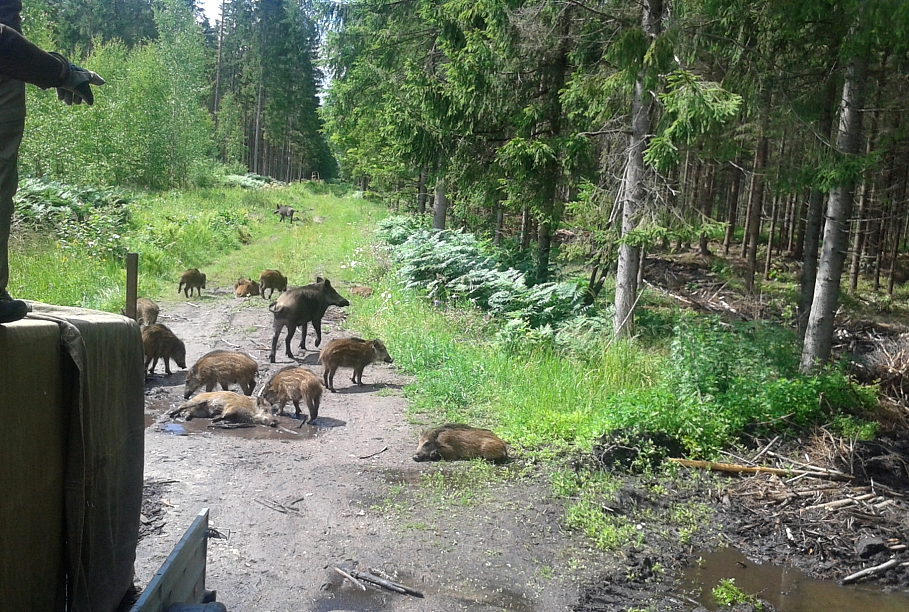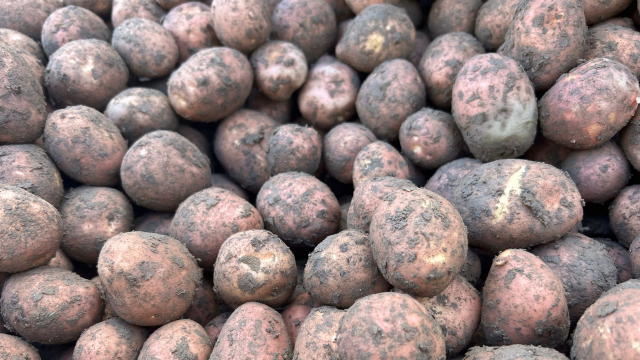In 2020, more than 370 feral pigs were detected in African swine fever, but the number of cases detected a year later exceeded 440. In the first three months of this year, 310 cases have already been detected. The disease is highly contagious and deadly to domestic pigs, but is harmless to humans, though they can easily spread it on footwear, clothing and vehicles.
Mārtiņš Seržants, a representative of the Food and Veterinary Service (PVD), told Latvian Radio: “There are areas in Kurzeme where the epidemiological wave continues and is moving towards Liepāja. But there are also places in Kurzeme, like Ventspils and Kuldīga, where the first wave was a few years ago, and we see that the population has recovered and the disease is re-entering these areas as well. But if we talk about the Latgale region, then what is unfortunately to be concluded is that it has the highest number of cases in Latvia.”
Recently, Rēzekne, Ludza and Balvi counties – all in Latgale – have been hotspots for the disease. Mārtiņš Seržants explained that in a few years the wild boar population in Latgale has grown rapidly, and it has become a breeding ground for a new outbreak of the disease.
In addition, it seems that in Latgale the revival of the disease can again be attributed, at least in part, to wild boar incursions from neighboring countries, as was the case when African Swine Fever first raised its head in Latvia in 2014, leading to emergency measurews, huge culls of domestic pigs and severe damage to the farming sector.
"In 2021, we saw a great deal of activity along the Russian - Belarusian border in. And the disease is found mainly along the border itself and is also along the roads or along the train line that runs from Russia through Rēzekne in the direction of Rīga. It is possible that this is history repeating itself, like in 2014, when roads and railway lines were such a significant mode of disease transmission,” said Seržants.
Valters Lūsis, the head of the Hunting Department of the State Forest Service, also concluded that the wild boar population has recovered and put the figure at about a fifth more than in 2018 and 2019.
It is planned to amend the hunting regulations so that wild boars become unrestricted game animals, with the cabinet of ministers due to review the rules possibly next week.
If the amendments are adopted, hunters will be able to hunt as many wild boar as they want. But each animal will have to be recorded and can only be used for its meat and hide when it is concluded that the animal is not infected with African swine fever, explained Lūsis.
In order to prevent the spread of the disease, biosecurity must be observed in hunting, while anyone who finds a dead wild boar should report it to the Food and Veterinary Office or the local municipality.
Special care must also be taken with domestic pig farms. "I urge pig farmers all over Latvia, but especially in these areas where the disease is detected in wild boars, to be especially careful to observe as much as possible any biosecurity regulations, starting with bringing in bedding from the outside, mowing and changing shoes and clothes. And hunters should also take care to protect pigs and the national economy from African swine fever,” urged Seržants.





























